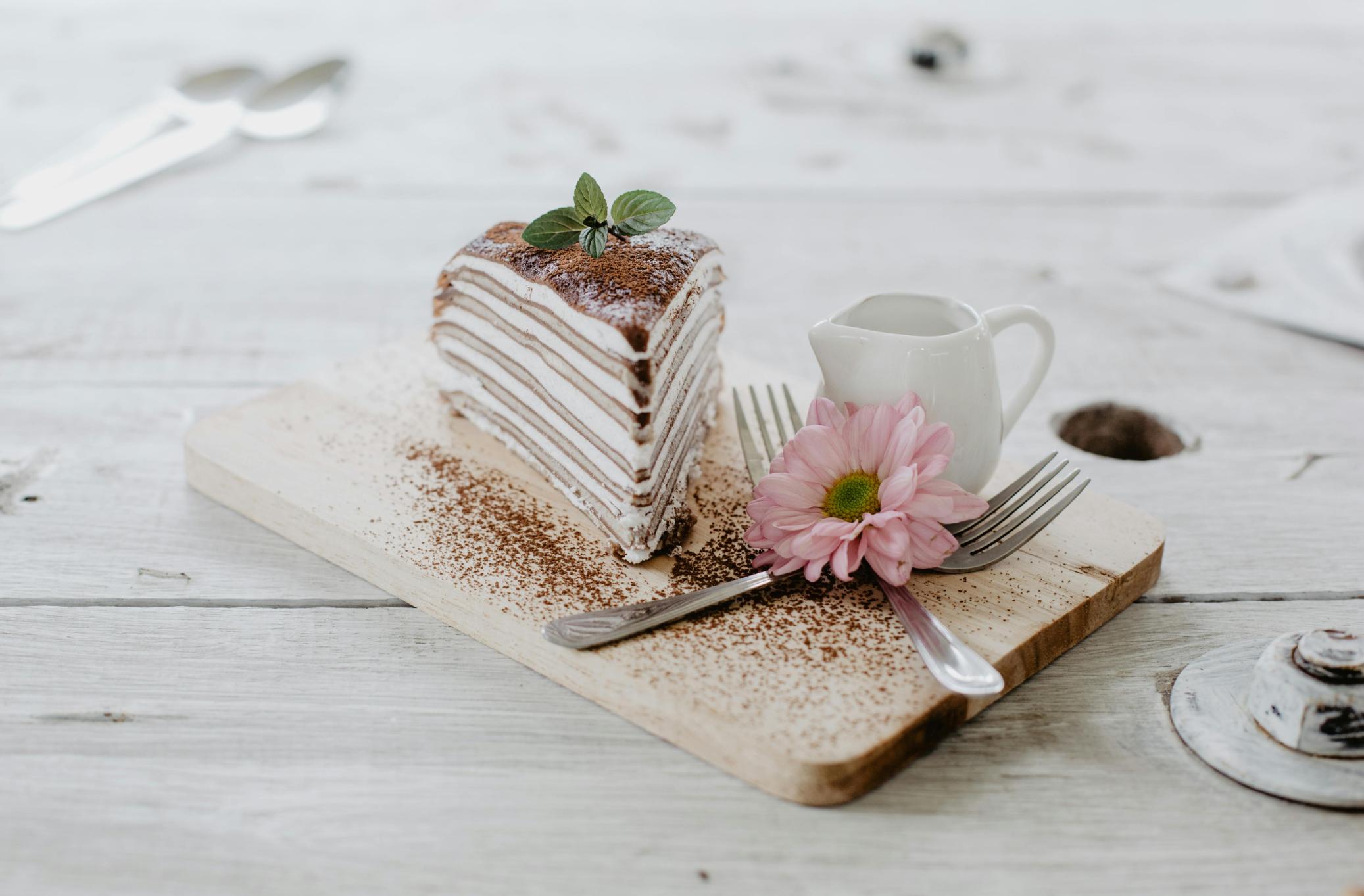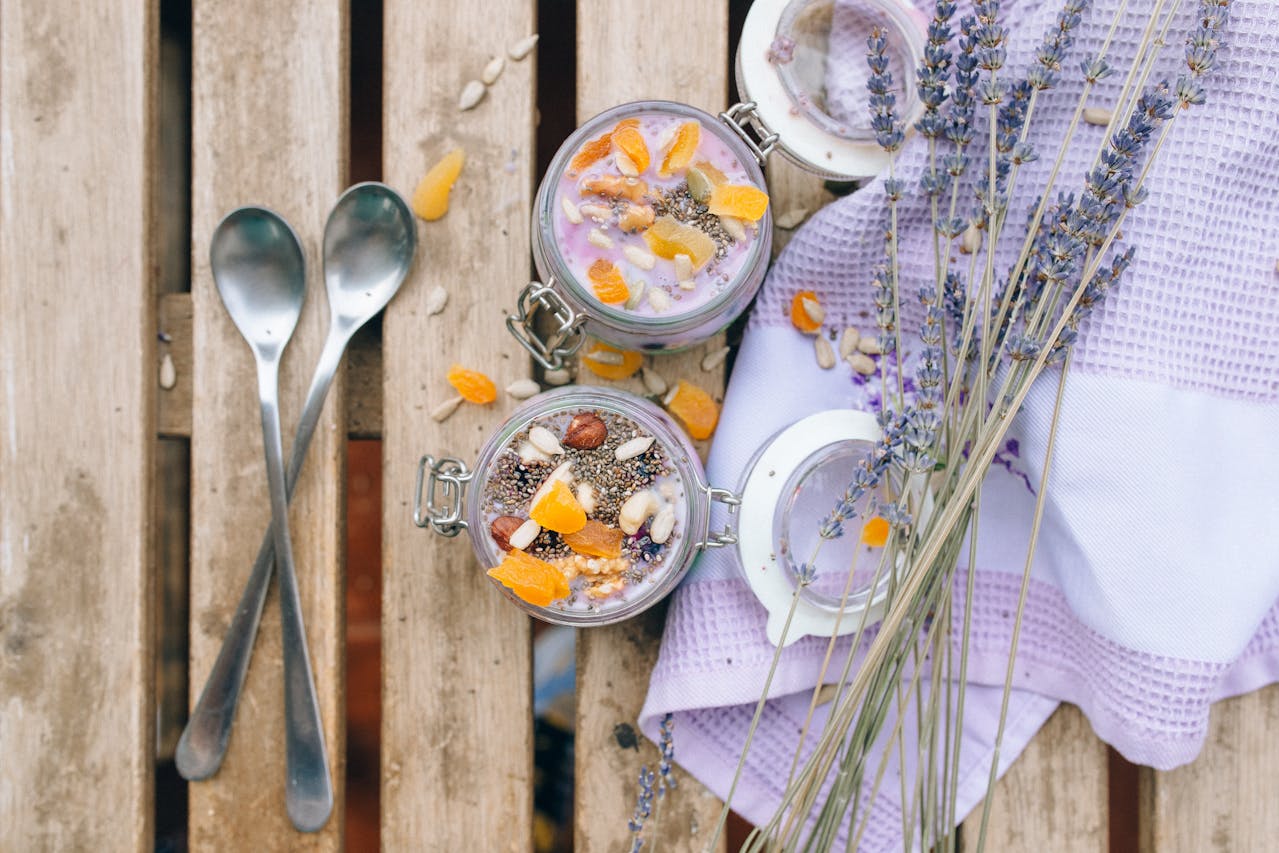
Timelines 10
Man and his Senses 10
Man and his Inventions 10
Geography 10
Fauna 10
Timelines 10
Man and his Senses 10
Man and his Inventions 10
Geography 10
Fauna 10

By the late twentieth and early twenty-first centuries a curious movement has been at work in kitchens and markets alike: flowers, once destined chiefly for vases and festivals, have quietly found their way into the pantry. Across Europe, and in particular in Czechia, where recent work has mapped both culinary practice and phytochemical potential, blossoms are appearing on plates and in confectionery, offered as delicate garnishes or candied centrepieces. At the same time, in India a far older connection exists between flower and food: a web of household recipes, use in rituals and medicinal knowledge that treats petals not as mere adornment but as food and medicine, as ingredient and antidote. Read together, the Czech and Indian stories show overlapping themes: a respect for nature’s small harvests, a search for flavour and colour that is also a search for health, and a growing market that wants these fragile items recognised.
In Czechia the literature has been, until recently, a patchwork of lab tests, gastronomic experiments and emerging trade. Recent work highlights the species most often studied (Rosa, Dianthus and Calendula among them) and lists phytochemical measures: total phenols, flavonoids and relative antioxidant activity. These are not trivial details. For chefs and food scientists the data provides useful comparisons: which blooms score high on antioxidant tests, which retain colour and texture after candying, and which can be brought to market with evidence of nutritional value. Yet a caution remains: lab measures do not by themselves prove clinical benefit. They show biochemical potential, a first step, not a conclusion, and practical obstacles remain: such as seasonality, shelf life and consistent handling.
Commercial practice already illustrates those obstacles. Retail offerings commonly combine flowers with confectionery or fruit arrangements; the ingredient lists reveal that many commercial products sit within complex products and contain additives and dyes, and that allergen labelling is essential for risk management. In other words, a “flower on the cake” is often not a simple botanical; it is a commercial food product, subject to the same rules as any fresh produce: traceability, refrigeration, and a need for clear labelling. The market shows growing interest: segmentation by species, form (fresh, dried), and distribution channel suggests a growth trend in the coming years. These signals do not, however, replace independent trade data; they do indicate momentum and buyer interest, the reason small Czech growers and pastry chefs now speak of edible flowers less as novelty and more as a sustainable niche.
India’s relationship with edible flowers is older, deeper and more embedded in daily practice. Regional accounts list familiar household flowers that move between the kitchen and ayurveda centres (mahua, banana flower, hibiscus, safflower and pumpkin blossom) and describe concrete uses: stir-fries and fritters, fermented beverages, teas and preparations that are as much therapeutic as they are culinary. Hibiscus, for instance, is used in infusions and in traditional remedies; mahua has a place in ritual and in rural diets; banana blossom is a common vegetable in many households. This picture brings together both culinary uses and phytochemical studies of Indian species and notes that traditional systems (Ayurveda above all) have long valued certain flowers for digestive, cooling or tonic properties.
Scientific inquiry supports much of the promise, but with caveats. Across studies and lab tests a recurrent finding is the presence of polyphenols and flavonoids — compounds that register on antioxidant tests and that, in controlled tests, can scavenge free radicals or inhibit simple oxidative markers. But the body of evidence is uneven: many botanical studies are small-scale, tests use different methods, and human clinical trials are scarce. Media summaries tend to translate these results into encouraging headlines; however, it is wise to be cautious. The composition of a petal under laboratory conditions is only the first step; how it behaves in a tea or a brew or in food, what doses are realistic in everyday cooking, and whether measurable health outcomes follow sustained consumption remain open questions.
Safety, therefore, must be central to any culinary revival. General guidance stresses two persistent cautions: not every garden blossom is edible, and source matters. Ornamental cultivars may be bred for colour or scent and can carry unexpected alkaloids or pesticide residues; wild foraging without botanical expertise risks mistaking a toxic plant. Commercial vendors try to manage this through labelling and by adding flowers to confectionery products, but that very adding raises questions about additives and about lower nutrient content. Post-harvest handling (washing, blanching, refrigeration) reduces microbial risk, and traditional preparations (fermentation, syrups, heating) historically served to neutralise bitterness or mild toxins; these kitchen practices overlap with modern food safety practice.
Finally, a brief note on cultural convergence. The Czech interest in novelty gastronomy and the Indian continuity of floral cuisine converge on a single, telling point: both traditions treat flowers as a marker of place and practice. In Czech pastry and haute cuisine a rose petal or calendula or any other seasonal flower placed on a tart signals a certain artisanal care and touch. In an Indian household a banana blossom curry or a hibiscus tea signals family tradition, a respect for the health giving properties in nature's bounty, and of course seasonality. In either context the flower is a small record of taste, of local botany, of labour. If the market grows, and if chefs and smallholders sustain demand, the important work will be to secure the sources, to ensure safety and to fund the clinical research that can turn biochemical promise into sound dietary guidance.
Thus the story of edible flowers is neither a fad nor a final answer: it is a living conversation between laboratory notes and kitchen practice, between market signals and grandmother’s recipes. The Czech and Indian tales together suggest that petals on the plate can be both pleasurable and at the same time an economic possibility, provided we attend to method, source and the real limits of current scientific evidence.
Sources
https://tinyurl.com/29xyxtsk
https://tinyurl.com/2bbg7x37
https://tinyurl.com/24yzjspo
https://tinyurl.com/27tt8z4o
https://tinyurl.com/2cde6b7o
https://tinyurl.com/2p38qt4n
https://tinyurl.com/294k7c9q
https://tinyurl.com/2cutmgqg